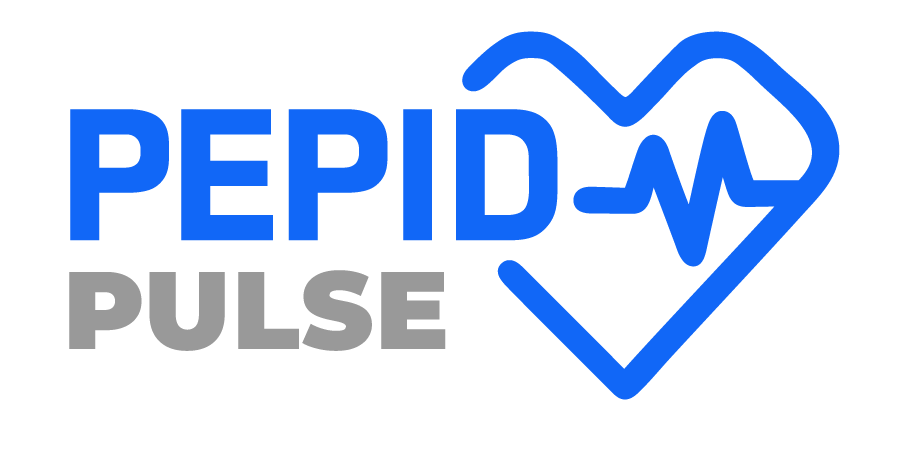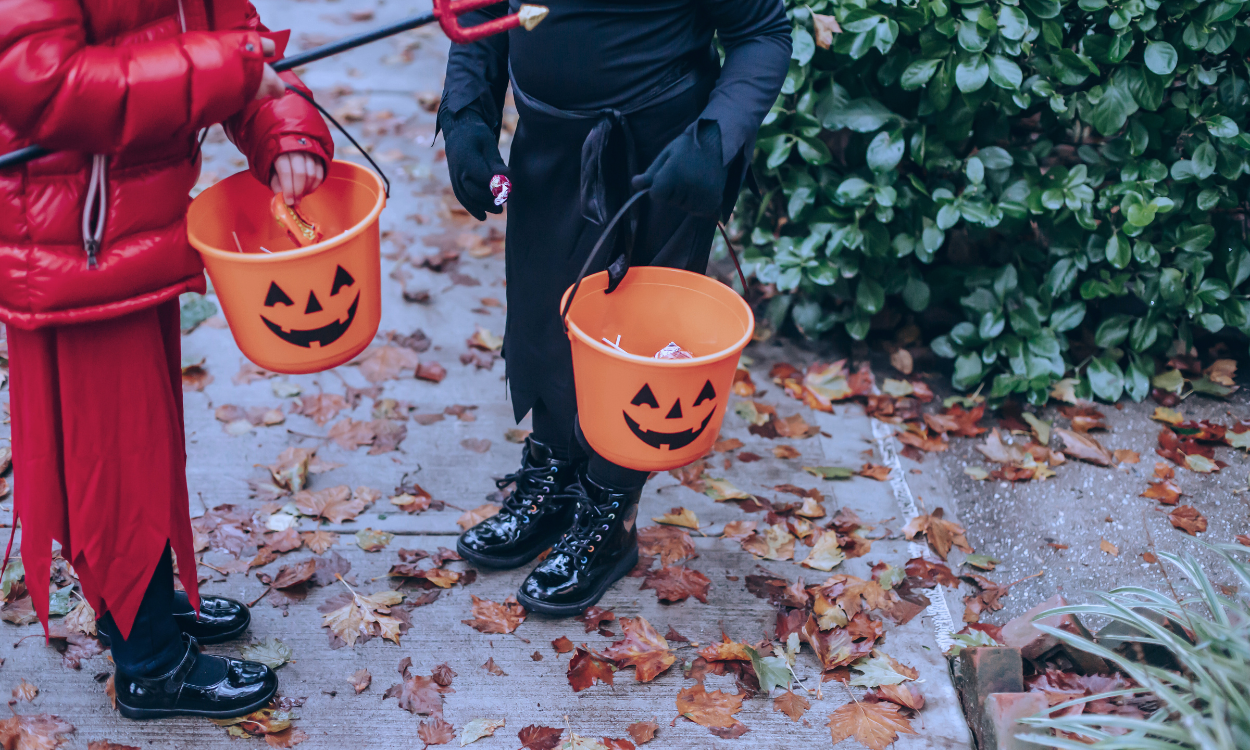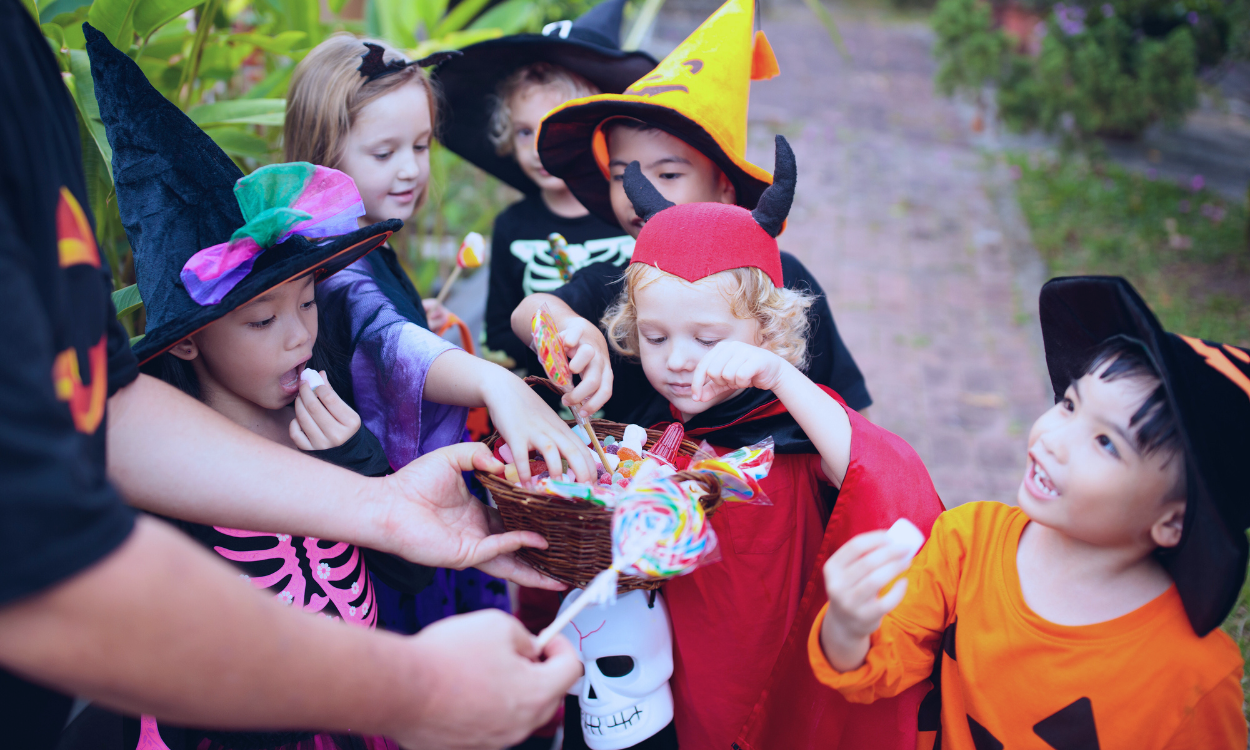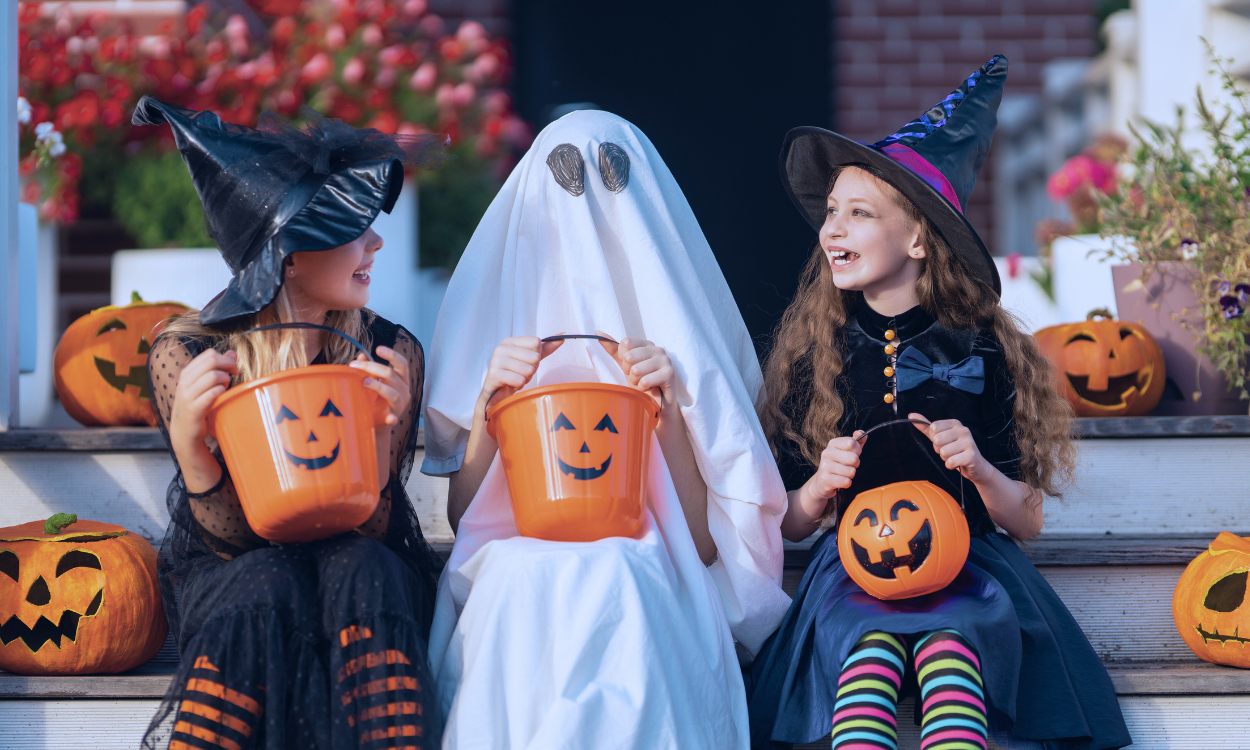By sharing timely safety reminders and encouraging a proactive approach, providers can play a key role in keeping Halloween both fun and safe.Each October, millions of families across the United States prepare for Halloween with costumes, candy, and community celebrations. For children, it is one of the most anticipated nights of the year, filled with excitement and imagination. Yet, alongside the fun comes a predictable increase in preventable injuries and health concerns. Emergency departments often see spikes in visits related to falls from ill-fitting costumes, pedestrian accidents during trick-or-treating, allergic reactions to candy, and even minor burns from decorations or candles. For clinicians, this seasonal trend offers an important opportunity to help families prepare. By sharing timely safety reminders and encouraging a proactive approach, providers can play a key role in keeping Halloween both fun and safe. This article outlines the most common health and safety risks associated with the holiday, while offering practical counseling tips for clinicians and actionable strategies for parents to reduce risks before the first doorbell rings.
Costume Safety – More Than Just Dress-Up
For many children, costumes are the highlight of Halloween. But what may seem like harmless dress-up can pose real safety risks if not chosen carefully. Every year, emergency departments see injuries linked to tripping hazards, restricted vision, and even flammable fabrics. What begins as a night of fun should not end in a preventable visit to the ER.
Families can reduce risks with a few simple precautions. Costumes should be made from flame-resistant fabrics and tailored to the child’s height to avoid tripping. Masks often obstruct breathing and limit peripheral vision, so swapping them out for non-toxic face paint or makeup is a safer choice. When selecting face paint, families should look for products labeled as hypoallergenic and FDA-approved to reduce the risk of skin irritation or allergic reactions. To keep children visible after dark, parents can add reflective tape to costumes or provide glow sticks and flashlights. These small adjustments can significantly improve safety without taking away from the fun.
For clinicians, October well-child visits are an excellent time to incorporate these reminders into anticipatory guidance. A quick conversation about costume safety not only raises awareness but also positions providers as proactive partners in keeping children safe during holiday activities.
Candy Safety and Food Allergy Awareness
Halloween candy is one of the most anticipated parts of the holiday, but it also brings several safety concerns. Unwrapped or tampered packaging raises red flags, while small hard candies can be choking hazards for young children. In addition, common food allergens such as peanuts, dairy, or gluten can cause serious reactions in sensitive children.
Families can reduce these risks by inspecting all candy before children eat it, discarding anything unwrapped, damaged, or suspicious. Sorting treats by age appropriateness also helps; gum, jawbreakers, and other hard candies should be avoided for younger children. For families managing food allergies, reviewing ingredient lists and planning safe alternatives in advance can prevent accidental exposures.
Inclusive initiatives such as the Teal Pumpkin Project encourage households to provide non-food treats like stickers, glow sticks, or pencils. These options create safer choices for children with dietary restrictions and help make Halloween more enjoyable for everyone.
Clinicians can support families by reinforcing these food-related safety reminders during fall visits. For children with known food allergies, encouraging caregivers to carry epinephrine auto-injectors and review emergency action plans adds an important layer of protection.
While Halloween candy is a central part of the tradition, it also presents several safety concerns that families should prepare for. Unwrapped or tampered packaging raises red flags, small hard candies can pose choking hazards for younger children, and common allergens like peanuts, dairy, or gluten can trigger severe reactions in sensitive kids.
Pedestrian & Road Safety
Halloween night is consistently one of the most dangerous evenings of the year for child pedestrians. National data show a marked increase in pedestrian injuries, particularly among children ages 5 to 14, as excitement and distractions combine with low visibility and heavy neighborhood traffic. Many of these incidents are preventable with simple precautions.
Families can reduce risk by encouraging children to cross streets at designated crosswalks rather than darting between parked cars. Trick-or-treaters should remain in groups and under adult supervision whenever possible, since visibility and safety improve when traveling together. Adding reflective tape, glow gear, or flashlights makes costumes more festive while also significantly increasing visibility for drivers navigating busy streets.
For clinicians, sharing this data during pediatric visits in October can be a powerful motivator. Presenting a clear statistic that Halloween consistently ranks as one of the most hazardous nights for child pedestrians reinforces the importance of parental vigilance. By emphasizing supervision, safe crossing habits, and visibility tools, providers can give families practical strategies to keep children safer while still enjoying the holiday.
Managing Non-Food Allergies, Asthma, and Chronic Conditions
Halloween can also pose challenges for children with non-food allergies, asthma, or other chronic conditions. Outdoor festivities in cooler evening air may trigger asthma flare-ups, while environmental triggers such as smoke from fog machines or scented decorations can worsen respiratory symptoms. Children with chronic conditions such as diabetes may also face risks from candy overconsumption, which can affect blood sugar control.
Families can prepare by ensuring that essential medications, including rescue inhalers and epinephrine auto-injectors for non-food allergy triggers, are easily accessible throughout the night. Teaching children how to politely decline unsafe environments, such as smoke-filled porches or allergen-heavy party settings, empowers them to manage their health confidently. Serving a balanced meal before trick-or-treating can also help reduce candy binges and stabilize energy levels.
For clinicians, Halloween offers a timely opportunity to revisit action plans for children with chronic health needs. Reviewing medication usage, updating prescriptions, and reminding families when to seek emergency care can make a significant difference. Framing these reminders around the holiday keeps the advice practical and ensures families feel prepared.
Role of Healthcare Providers
Clinicians can play a key role in helping families prepare for Halloween by incorporating seasonal reminders into pediatric and family visits during October. Brief discussions about safe costumes, pedestrian awareness, and allergy management can serve as effective anticipatory guidance and reinforce healthy habits without requiring major changes to the visit.
Decision support tools such as PEPID can further streamline this process. With quick access to evidence-based guidance on allergy management, anaphylaxis protocols, asthma action plans, and injury triage, providers can offer timely, accurate recommendations while managing the increased seasonal risks. These resources not only improve confidence at the point of care but also support better outcomes for children navigating the excitement and challenges of Halloween.
By being proactive, healthcare providers can help families enjoy the holiday while reducing preventable visits to the emergency department.
Keeping Halloween Safe and Fun
Halloween is a time of excitement and imagination, but the holiday also comes with safety risks that families and clinicians should not overlook. From costume hazards to pedestrian injuries and allergy concerns, many of the most common Halloween emergencies are preventable with the right preparation.
By working together, families and healthcare providers can reduce risks and help children enjoy the holiday safely. Simple reminders about visibility, safe candy practices, and managing chronic conditions can make a meaningful difference. Providers also play an important role in reinforcing these safety measures during seasonal visits.
With preparation, awareness, and proactive counseling, Halloween can remain what it is meant to be: a time for fun, community, and lasting memories rather than preventable injuries or emergencies.
References
Centers for Disease Control and Prevention. (1997, October 31). Halloween-related pedestrian injuries—United States, 1975–1996. Morbidity and Mortality Weekly Report, 46(43), 987–990. https://www.cdc.gov/mmwr/preview/mmwrhtml/00049687.htm
Food Allergy Research & Education. (n.d.). Teal Pumpkin Project. Retrieved August 22, 2025, from https://www.foodallergy.org/our-initiatives/awareness-campaigns/teal-pumpkin-project
U.S. Consumer Product Safety Commission. (2013, October 15). Halloween safety tips for selecting costumes and decor. https://www.cpsc.gov/Newsroom/News-Releases/2013/Halloween-Safety-Tips-for-Selecting-Costumes-and-Decor
U.S. Food and Drug Administration. (2022, October 24). Halloween food safety tips for parents. U.S. Department of Health & Human Services. https://www.fda.gov/food/buy-store-serve-safe-food/halloween-food-safety-tips-parents
SCP Health. (2023, October 30). Halloween in the emergency department: Not necessarily a treat, visits spike. https://www.scphealth.com/blog/halloween-in-the-emergency-department-not-necessarily-a-treat-visits-spike/




